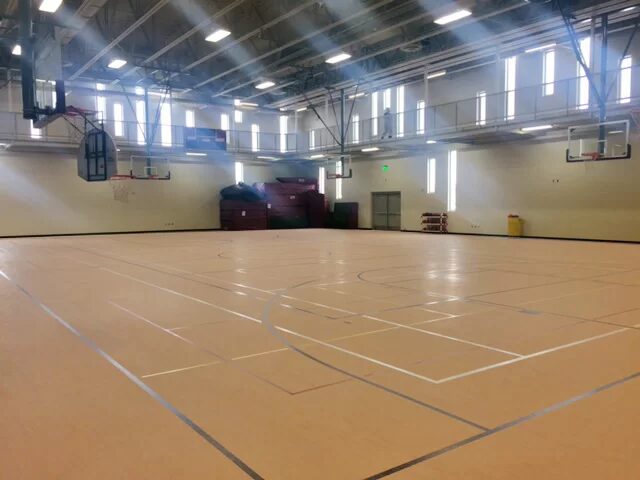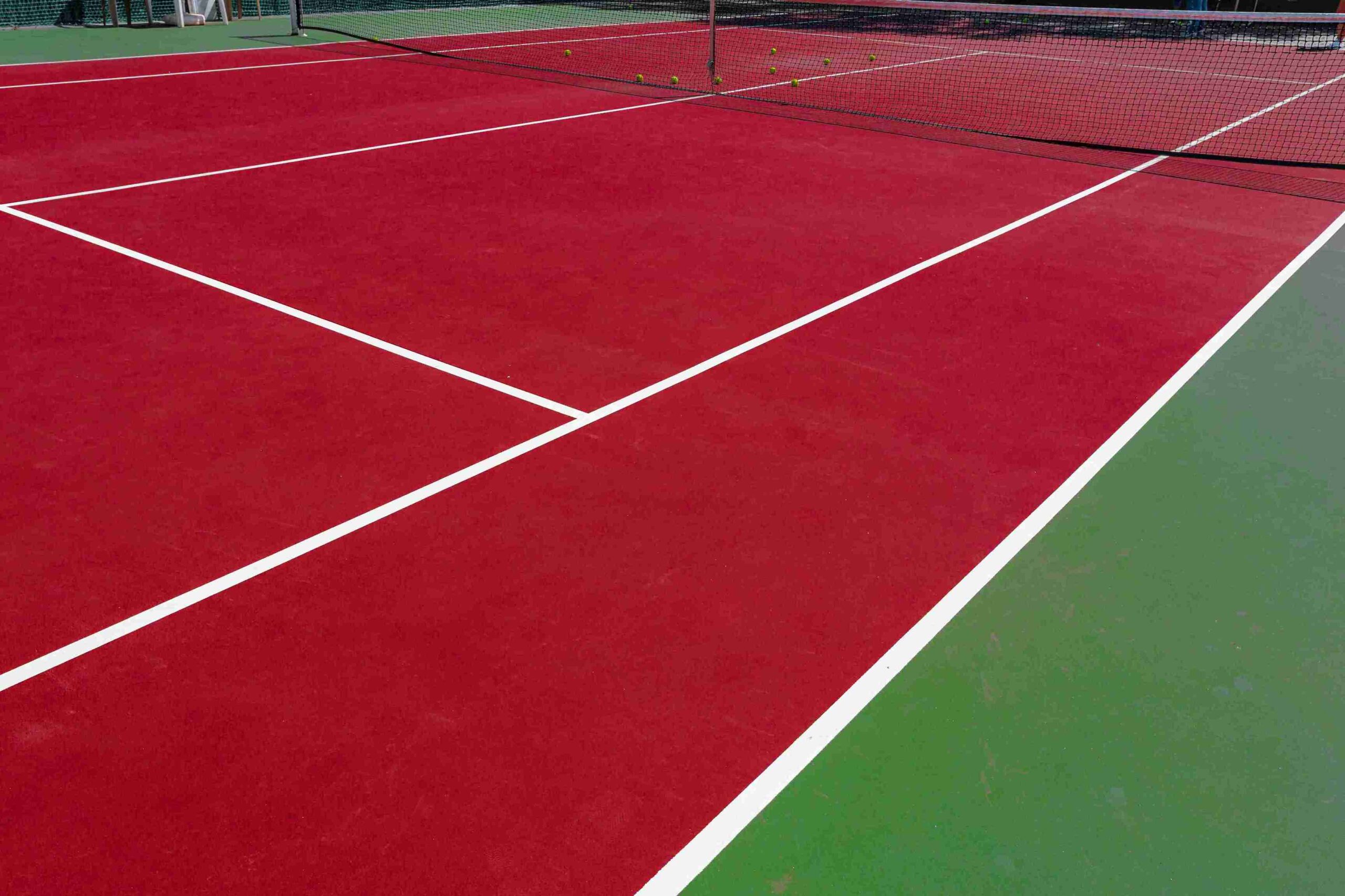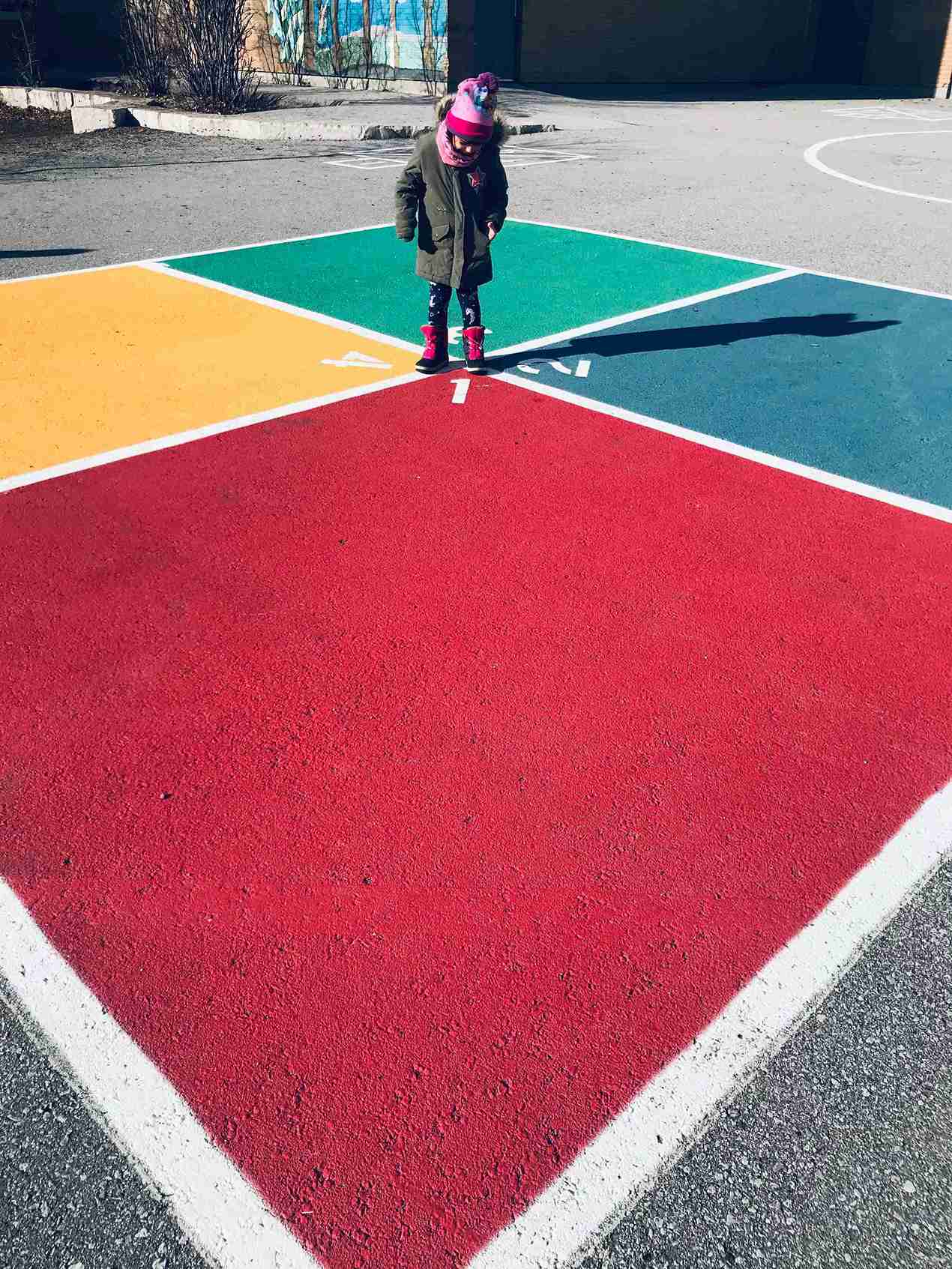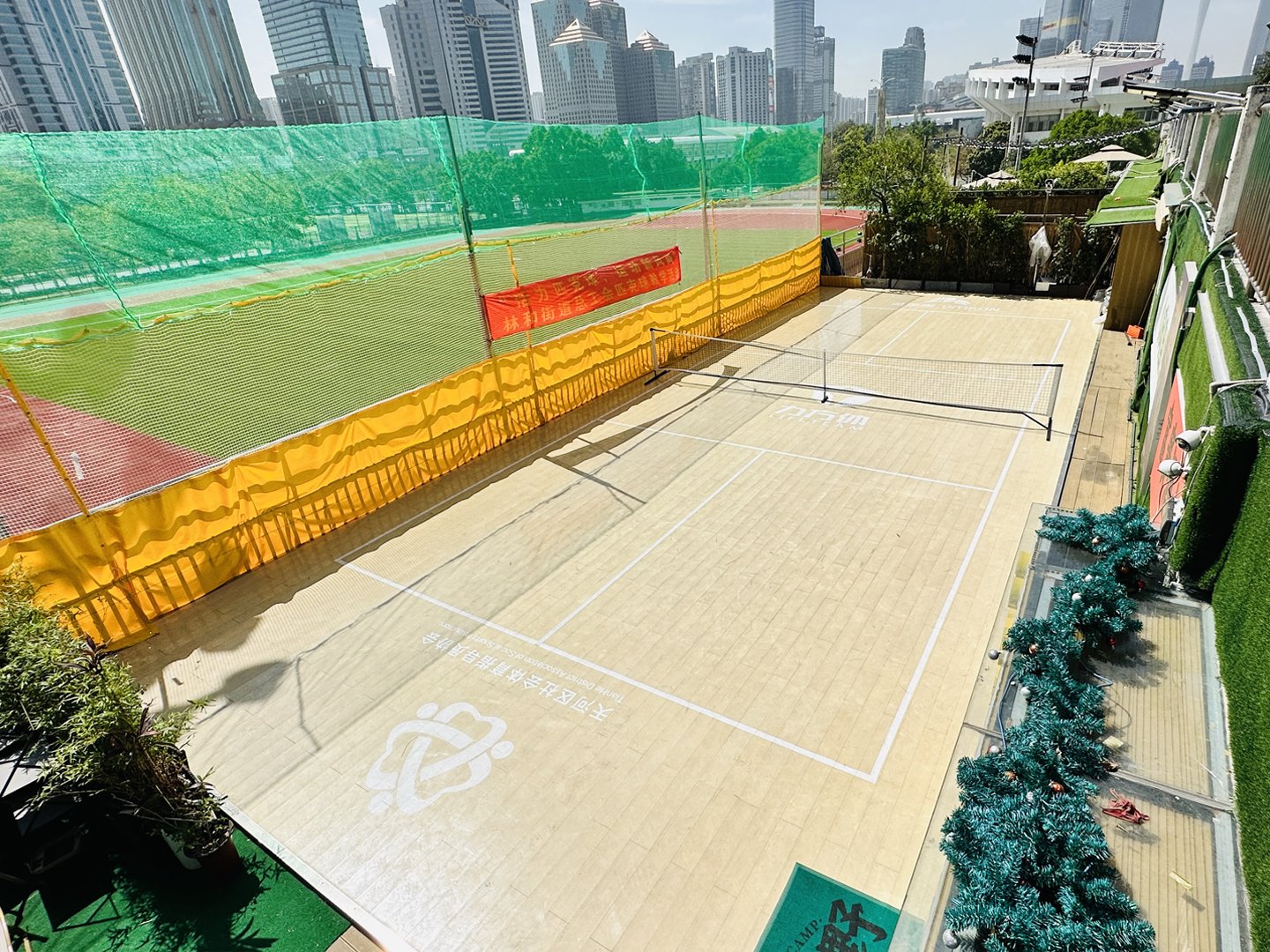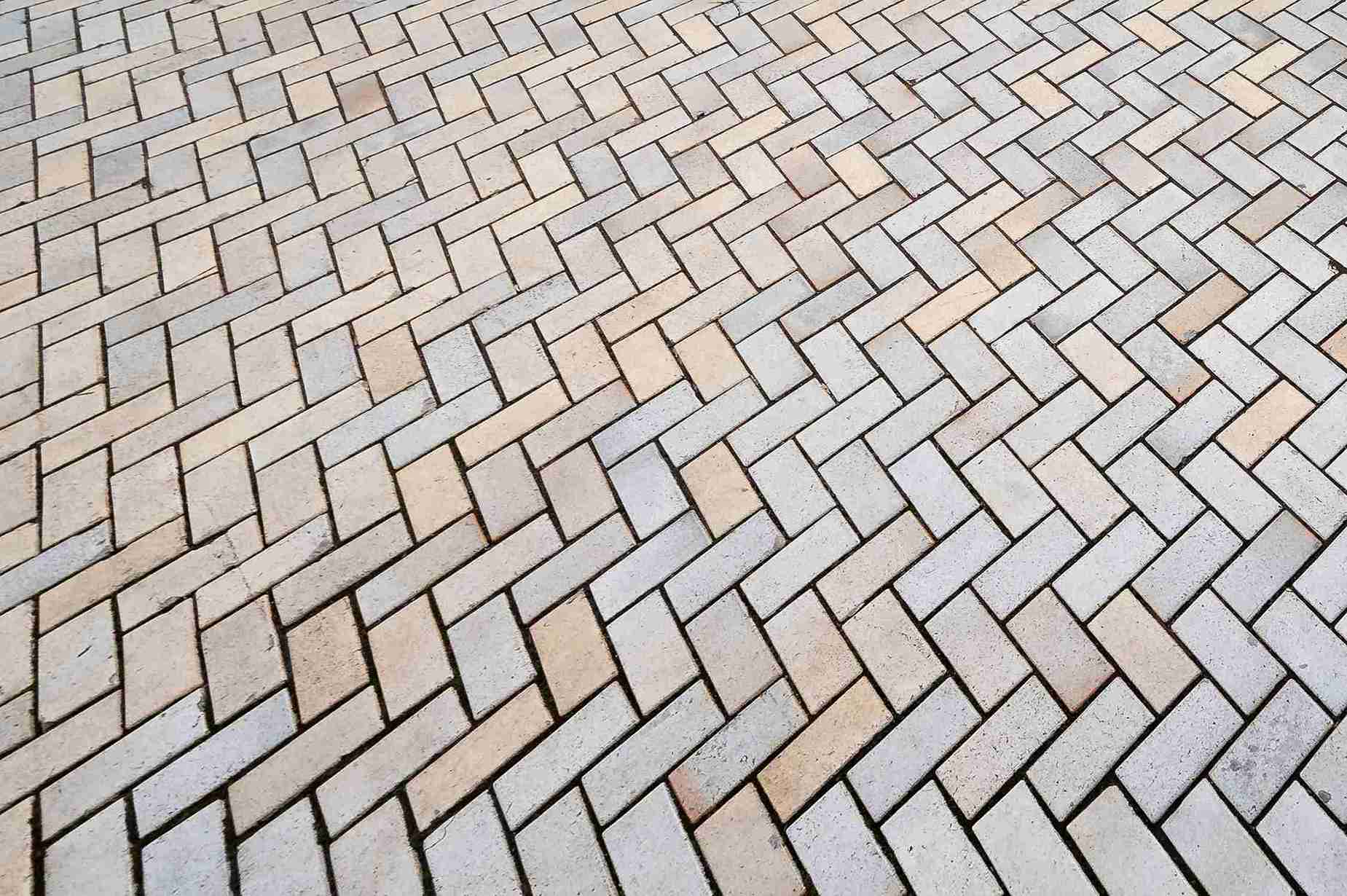Creating sustainable and long-lasting wood gym flooring is a meticulous process that requires a balance of quality materials, advanced manufacturing techniques, and environmental responsibility. Wood gym floor manufacturers are increasingly focusing on producing floors that not only meet the demanding needs of sports performance but also align with sustainability goals.
By carefully selecting durable hardwoods, using eco-friendly finishes, and implementing efficient production methods, these manufacturers ensure that the final product is both high-performing and environmentally conscious. In this article, we will explore the steps manufacturers take to create wood gym floors that stand the test of time, while minimizing their environmental impact.
The Growing Demand for Sustainable and Durable Gym Flooring
Quality flooring is essential for any gym, especially wood floors, which provide the ideal surface for sports and fitness activities. The demand for durable and sustainable gym flooring is growing as both gym owners and consumers are becoming more conscious of the long-term benefits.
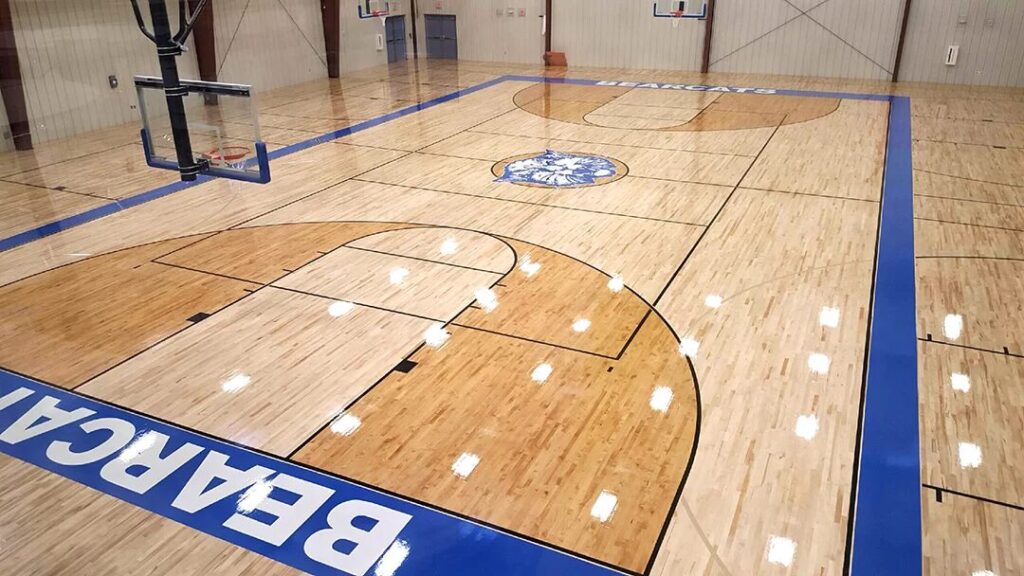

Not only does high-quality flooring ensure a safe and comfortable workout environment, but its durability also reduces the need for frequent replacements, saving gym owners time and money. On the environmental side, opting for sustainable materials and practices helps reduce the carbon footprint, contributing to a greener planet.
In this article, we’ll also explore why sustainability and longevity are becoming increasingly important considerations in the selection of gym flooring.
What Makes Wood Gym Flooring Different from Other Types of Flooring?
Wood gym flooring offers several unique benefits that set it apart from other flooring options like rubber or vinyl.
One of the key advantages of wood floors is their shock absorption properties. The natural elasticity of wood helps absorb the impact of jumps, sprints, and other high-intensity movements, reducing strain on players’ joints and muscles. This makes wood flooring particularly beneficial for sports like basketball, volleyball, and gymnastics, where constant jumping and fast movements are common.
Another significant benefit is the aesthetic appeal of wood. Unlike rubber or vinyl, which often have a more utilitarian look, wood flooring adds a warm, polished appearance to any gym. Its natural grain and finish enhance the overall ambiance, creating a professional and inviting environment.
Wood flooring also provides superior traction. The surface of wood is naturally textured, offering excellent grip without being too abrasive. This allows athletes to move quickly and change direction without the risk of slipping, making it ideal for performance-driven sports.
In terms of durability, wood flooring for gyms is known for its long-lasting qualities. While rubber and vinyl may wear down over time or show visible signs of damage, wood floors, when properly maintained, can withstand heavy use for decades. This makes wood a more sustainable choice in the long run.
Finally, wood floors can be refinished multiple times, which extends their lifespan. This feature is something that rubber and vinyl flooring cannot offer, making wood a more cost-effective option over time.
The Process Behind Creating Sustainable Wood Gym Floors
Creating sustainable wood gym floors involves a detailed and careful process, from sourcing raw materials to the final installation. Manufacturers prioritize both performance and environmental responsibility to produce long-lasting, eco-friendly flooring. Here’s a step-by-step overview of the process:
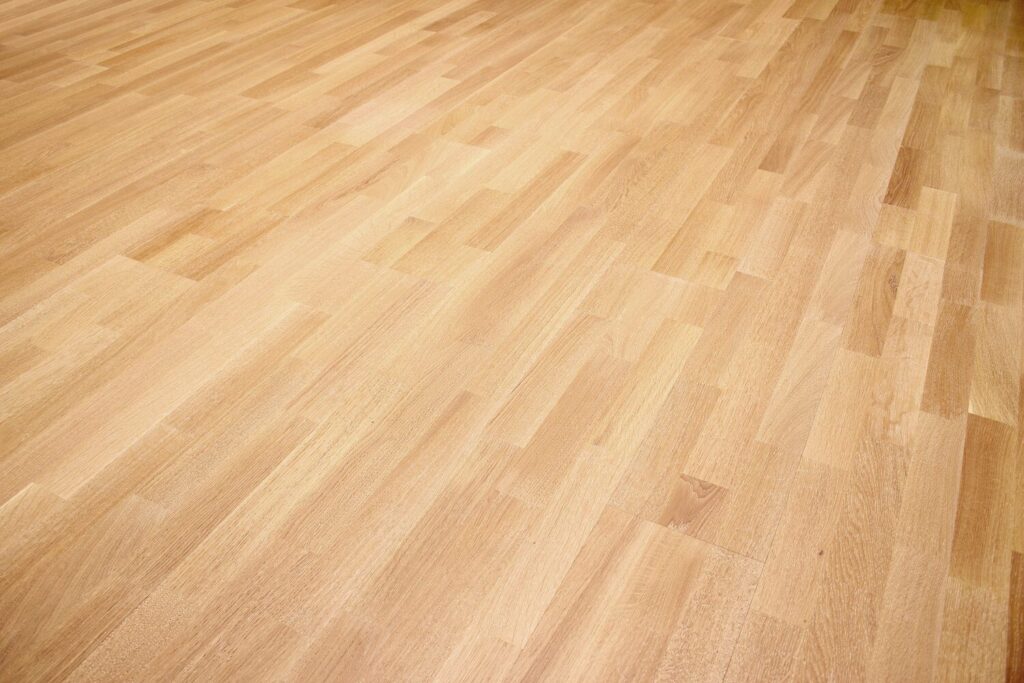

1. Sourcing Sustainable Wood:
The first step in creating sustainable wood gym floors is the careful sourcing of hardwood from responsibly managed forests. Manufacturers typically use wood from certified forests that follow sustainability guidelines, such as those set by the Forest Stewardship Council (FSC). This ensures that the wood is harvested in an environmentally responsible way, protecting ecosystems and promoting forest regeneration.
2. Drying and Treating the Wood:
Once the wood is sourced, it undergoes an extensive drying process to remove excess moisture. This is crucial for preventing warping or cracking once the wood is installed. The wood is carefully kiln-dried to ensure a uniform moisture content, which is essential for maintaining the integrity of the floor over time. This drying process also reduces the risk of mold or mildew growth.
3. Milling and Sanding:
After the wood is properly dried, it is milled and sanded to achieve the desired thickness and smoothness. This process ensures that the wood planks are even and can be installed easily. Milling also helps remove any imperfections in the wood that might affect its performance or aesthetics.
4. Applying Eco-Friendly Finishes:
Once the wood is prepared, manufacturers apply eco-friendly finishes to enhance durability and performance. These finishes protect the wood from wear and tear, reduce maintenance needs, and improve its resistance to moisture. Sustainable finishes are used to minimize the environmental impact, including low-VOC (volatile organic compounds) or water-based options that are safer for both the environment and users.
5. Assembly and Quality Control:
The processed wood is then carefully assembled into floor panels, ensuring each piece aligns perfectly for optimal performance. Rigorous quality control checks are conducted at every stage to ensure that the wood meets industry standards for strength, durability, and safety.
The wood is tested for things like shock absorption, grip, and bounce, ensuring it’s suitable for sports environments.
6. Installation and Maintenance:
Once the floor panels are ready, they are shipped to gyms and sports facilities, where professional installers lay the wood flooring. The floor is typically finished with a protective coating before being put into use. Proper maintenance is key to extending the life of the floor; routine cleaning, refinishing, and inspections help ensure the gym floor remains in top condition for many years.
Why Sustainability Matters?
Throughout the entire manufacturing process, sustainable practices are prioritized to minimize waste, reduce carbon emissions, and ensure the longevity of the flooring. Using eco-friendly materials and production methods helps reduce the environmental impact of gym flooring while delivering high-quality, durable wood floors that perform well in sports environments.
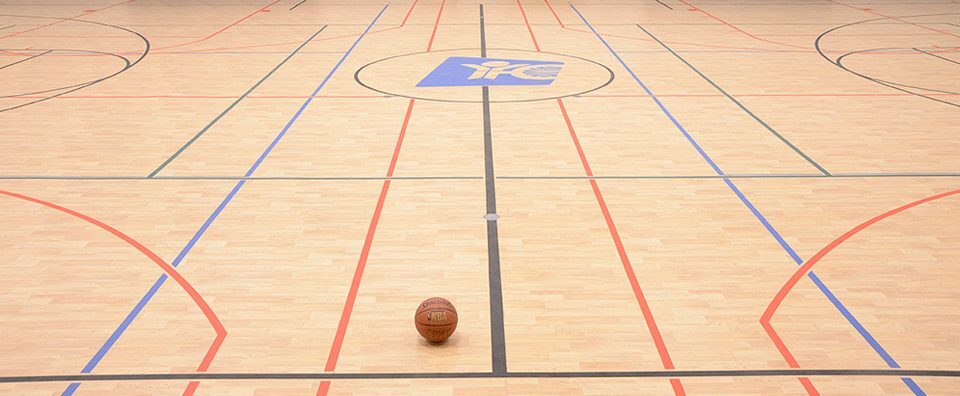

The combination of sustainable sourcing, advanced manufacturing techniques, and eco-friendly finishes makes the process of creating wood gym floors both responsible and effective, resulting in a product that benefits athletes and the environment alike.
How Wood Gym Floors Are Designed for Durability and Longevity?
Wood gym floors are designed with several advanced techniques to ensure they are long-lasting, resistant to wear, and easy to maintain. One key factor is the use of high-quality hardwoods such as maple, which is known for its durability and strength. These hardwoods are carefully selected for their ability to withstand heavy foot traffic and intense athletic activity without deteriorating.
Additionally, the wood undergoes a rigorous drying and curing process, which reduces the moisture content and prevents warping, cracking, or shrinking over time.
To further enhance durability, wood gym floors are coated with protective finishes that seal the surface. These finishes, often low-VOC and eco-friendly, provide resistance to moisture, stains, and abrasions, protecting the wood from daily wear and tear. The coatings also help maintain the floor’s aesthetic appeal, ensuring the wood retains its vibrant, polished look for years.
Another durability feature is the ability to refinish the floors multiple times. Unlike other flooring materials, wood can be sanded down and re-coated, restoring its surface and extending its lifespan without the need for a full replacement.
Wood gym floors are also designed for easy maintenance. The smooth surface allows for easy cleaning, preventing dirt and debris buildup, which can lead to surface damage over time. Routine maintenance such as sweeping, mopping, and occasional refinishing is typically all that’s needed to keep the floor in excellent condition.
With these techniques, wood gym floors offer an optimal balance of durability, performance, and low-maintenance care, ensuring they last for decades while remaining safe and functional for athletes.
The Future of Wood Gym Flooring: Sustainable Innovations to Watch
The future of wood gym flooring is poised to be shaped by ongoing innovations aimed at making these floors even more sustainable, durable, and environmentally friendly. As demand for eco-conscious solutions increases, manufacturers are exploring new technologies and practices that will improve the sustainability of wood flooring while enhancing its performance. Here are a few trends and innovations to watch:
1. Use of Sustainable Materials:
As environmental concerns continue to grow, manufacturers are seeking alternative, sustainable wood sources. This includes utilizing fast-growing, renewable hardwoods and exploring materials that have less environmental impact, such as reclaimed wood from old buildings or furniture. These materials offer the same high-quality performance but with a smaller ecological footprint.
2. Eco-Friendly Finishes and Coatings:
Innovations in finishing techniques are helping make wood gym floors even more sustainable. Manufacturers are now using low-VOC, water-based finishes that are safer for both the environment and athletes. These finishes not only improve the durability and appearance of the wood but also reduce harmful chemicals, making the floors more eco-friendly without compromising on performance.
3. Advanced Manufacturing Processes:
Advances in wood treatment and drying techniques are improving the overall sustainability of gym floors. New methods reduce energy consumption during production, limit waste, and improve the longevity of the wood by enhancing its natural properties. This results in floors that are stronger, more resistant to wear, and longer-lasting.
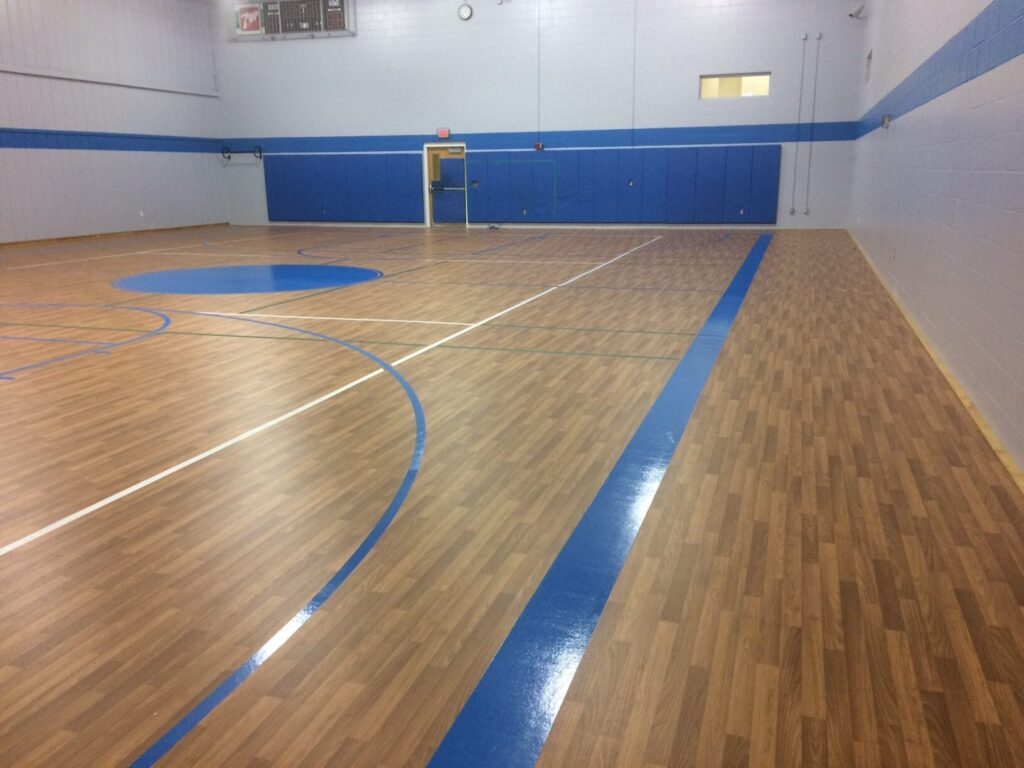

4. Recyclable and Renewable Flooring Solutions:
Future wood gym floors may incorporate recyclable components or renewable materials that ensure end-of-life sustainability. For instance, flooring materials may be designed with easy disassembly, allowing individual components to be recycled or repurposed. This approach aligns with the growing circular economy, where products are designed with their entire lifecycle in mind, minimizing waste.
5. Enhanced Durability Features:
Manufacturers are constantly improving the durability of wood flooring with innovative treatments, such as heat-treated wood, which increases hardness and resistance to moisture, insects, and wear. These treatments can help reduce the need for refinishing and repairs, making the floors more cost-effective and durable over time.
6. Smart Technologies for Monitoring Maintenance:
As technology advances, the use of smart sensors may be integrated into wood flooring systems to monitor wear and maintenance needs. These sensors can detect areas that require attention, alerting gym owners to potential issues before they become significant, ensuring longer-lasting floors and reducing unnecessary repairs.
The future of wood gym flooring will likely focus on further improving sustainability, durability, and performance. These innovations will not only help reduce the environmental impact of wood flooring but also enhance the overall experience for athletes and gym owners alike. As the demand for eco-friendly and long-lasting solutions continues to grow, wood gym floors will remain a top choice for those seeking the perfect balance of performance and sustainability.
Conclusion:
The future of wood gym flooring is bright, with a focus on sustainability, durability, and innovation. As manufacturers continue to explore new materials, eco-friendly finishes, and advanced production techniques, wood flooring is becoming even more environmentally responsible while retaining the high-performance qualities that athletes depend on.
These advancements promise a more sustainable and long-lasting option for gyms, contributing to both environmental conservation and superior player experience. For those looking to upgrade or install wood gym floors, VMKON offers expert services that deliver high-quality, sustainable solutions tailored to your needs.
FAQs
What makes wood gym flooring more sustainable than other materials?
Wood gym flooring is sustainable because it’s sourced from responsibly managed forests, uses eco-friendly finishes, and can be refinished multiple times, extending its lifespan.
How do advancements in wood treatment improve durability?
New treatment methods, such as heat treatments and advanced drying techniques, increase the hardness and moisture resistance of wood, making it more durable and longer-lasting.
Can wood gym floors be easily maintained?
Yes, wood floors are easy to maintain with regular cleaning and occasional refinishing. Their smooth surface prevents dirt buildup, making routine care straightforward.

